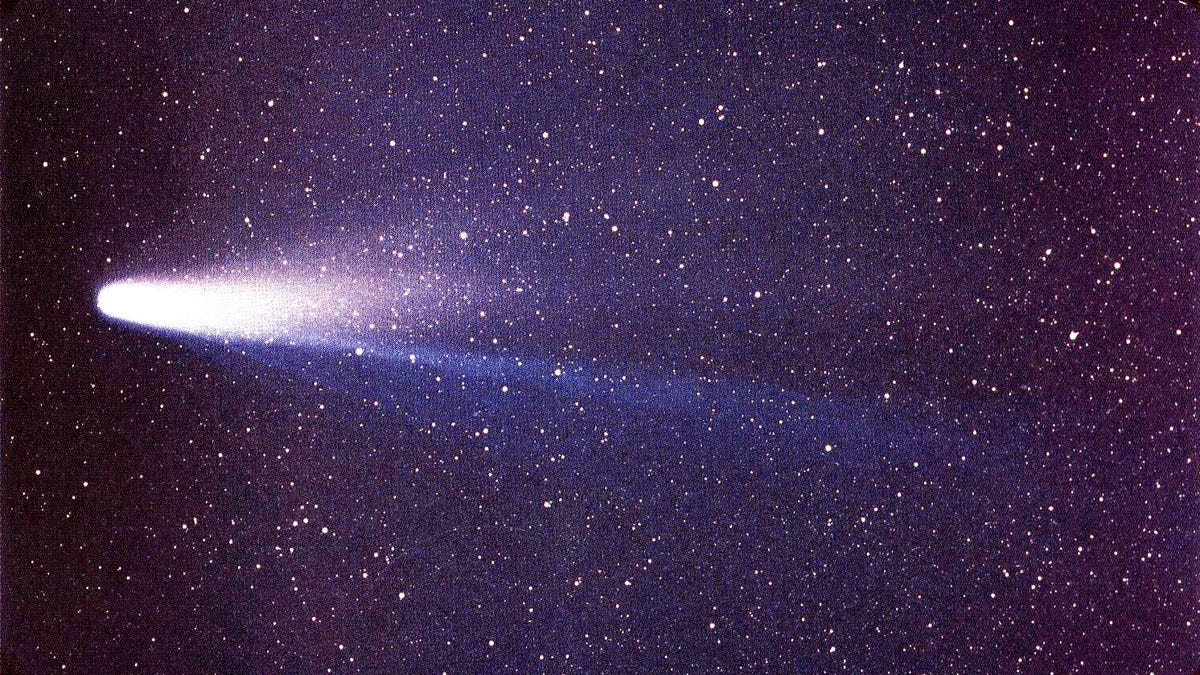The Orionid meteor is fading but still worth checking out. Here's how
Last week brought prime meteor spotting, but the shooting star extravaganza continues a bit longer.

Halley's Comet in 1986.
Look up skywatchers. The Orionid meteor shower officially peaked last Tuesday night and Wednesday morning, but it should still be worth getting up early for this week. The American Meteor Society forecasts that a handful of meteors or more per hour should be visible.
The Orionids are considered a major meteor shower based on the amount of visible meteors that can be seen racing toward inevitable doom during its active period, which runs roughly from the first week of October to the first week of November.
The Orionids are really just bits of dust and debris left behind from famed Comet Halley on its previous trips through the inner solar system. As our planet drifts through the cloud of comet detritus each year around this time, all that cosmic gravel and grime slams into our upper atmosphere and burns up in a display we see on the ground as shooting stars and even the occasional fireball.
The Orionids can epitomize the old phrase "blink and you might miss it" as they enter our atmosphere at an extremely fast velocity of roughly 147,000 miles per hour (66 kilometers per second). That said, a fair amount of these meteors leave persistent trails that last for a few seconds. Some even fragment and break up in a more spectacular fashion.
To catch the show, the advice is the same as for all celestial spectator events: Find a spot away from light pollution with a wide open view of the night sky. Bundle up if needed, lay back, relax and let your eyes adjust. You don't need to focus on any part of the sky, but the Orionids are so named because their trails appear to originate from the same general area of the sky as the constellation Orion and the bright star Betelgeuse.
The absolute best time to look for the Orionids in 2020 was probably in the early morning hours before dawn on Oct. 21, but this shower is known for an extended peak, so you should have a good chance of seeing some meteors if you get up early this week.
The moon will set before peak morning viewing hours, so that' s another perk this year. Enjoy the show and as always, please share any great meteor shots you might capture with me on Twitter @EricCMack.

